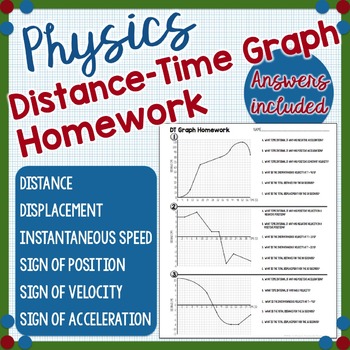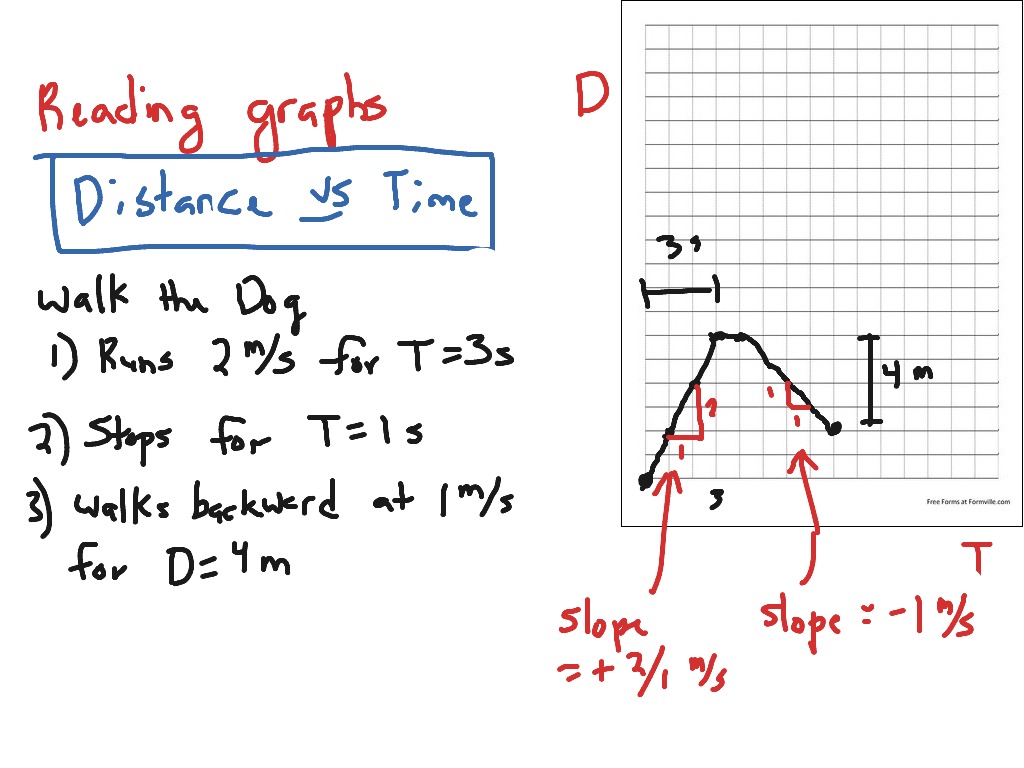

Break the graph up into segments and describe qualitatively the motion of the object in each segment. The larger displacement-time graph shows the motion of some hypothetical object over time.Complete the three small displacement-time graphs from the information provided below each graph.The worksheet for this exercise consists of three small and one large displacement-time graph. Gallant continues driving at a constant speed. The light turns green at just the right instant so that Gallant does not need to brake. Gallant accelerates at a reasonable rate and never exceeds the speed limit. He arrives at the next light which is still red and stops. When the light changes Goofus hammers the accelerator until he exceeds the speed limit. Goofus and Gallant are stopped at a red light on this kind of street. Traffic lights on some streets are timed to facilitate traffic flow at a certain speed.It then continues driving with a constant velocity. The second car approaches the intersection already moving and is beside the first car at the instant the light changes.

The first car accelerates uniformly from rest the moment the light changes to green.

Choose the lettered graph that best represents each of the numbered descriptions.
#Distance vs time graph physics pdf#
The graphs on the accompanying pdf show the velocity of a hypothetical object moving along a straight line. The graphs on the accompanying pdf show the displacement of a hypothetical object moving along a straight line. from the time just after the parachute opened to the time when the skydiver landed?.from the beginning of the jump to the time just before the parachute opened?.
#Distance vs time graph physics free#
After 7 s of free fall the skydiver's chute deployed completely, which changed the motion abruptly. The graph below shows the altitude of a skydiver initially at rest as a function of time. (Let the initial displacement and velocity be zero.) an object moving with constant acceleration.an object moving with constant velocity.Sketch the displacement-time, velocity-time, and acceleration-time graphs for….Plot the corresponding graph of displacement as a function of time.Plot the corresponding graph of acceleration as a function of time.What can we say about the motion of this object?.The graph below shows velocity as a function of time for some unknown object. Fill each grid space with an appropriately concise answer.



 0 kommentar(er)
0 kommentar(er)
